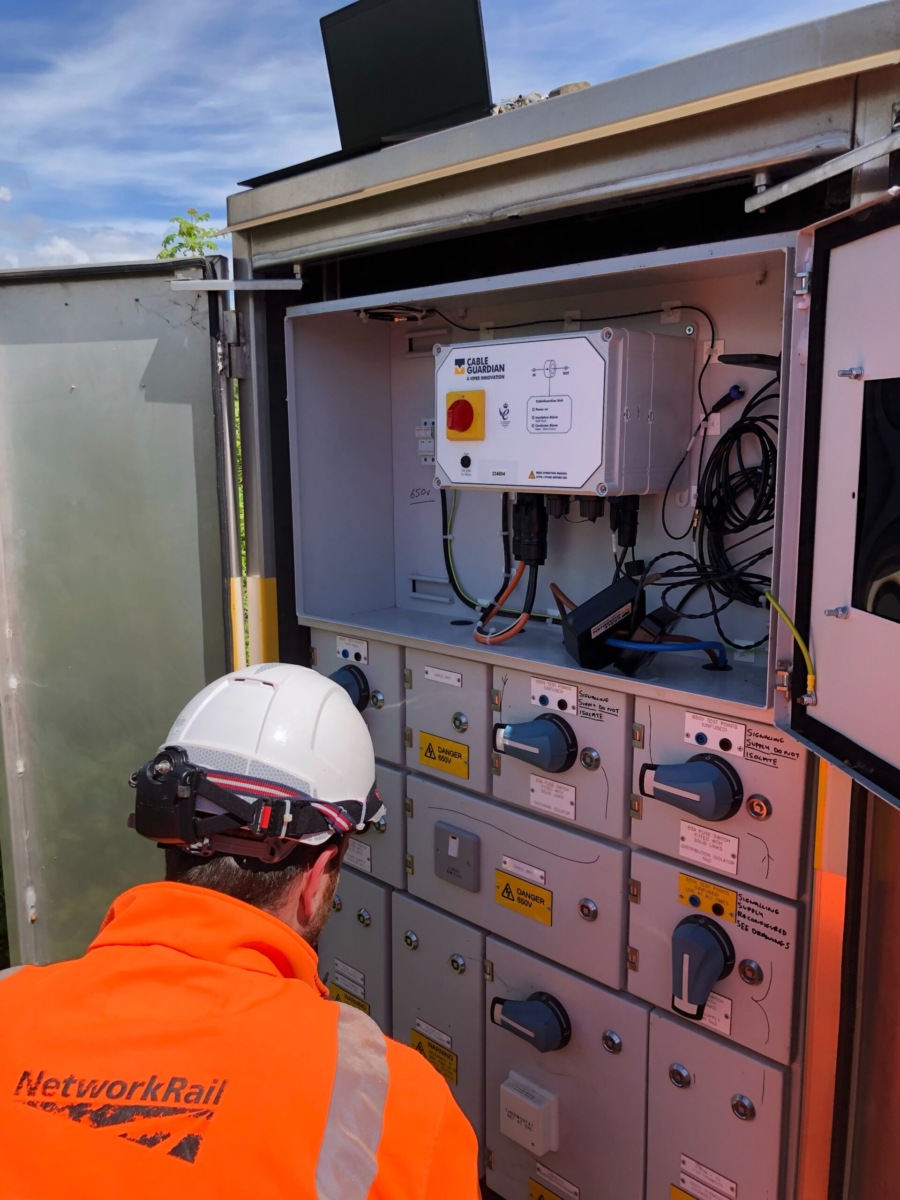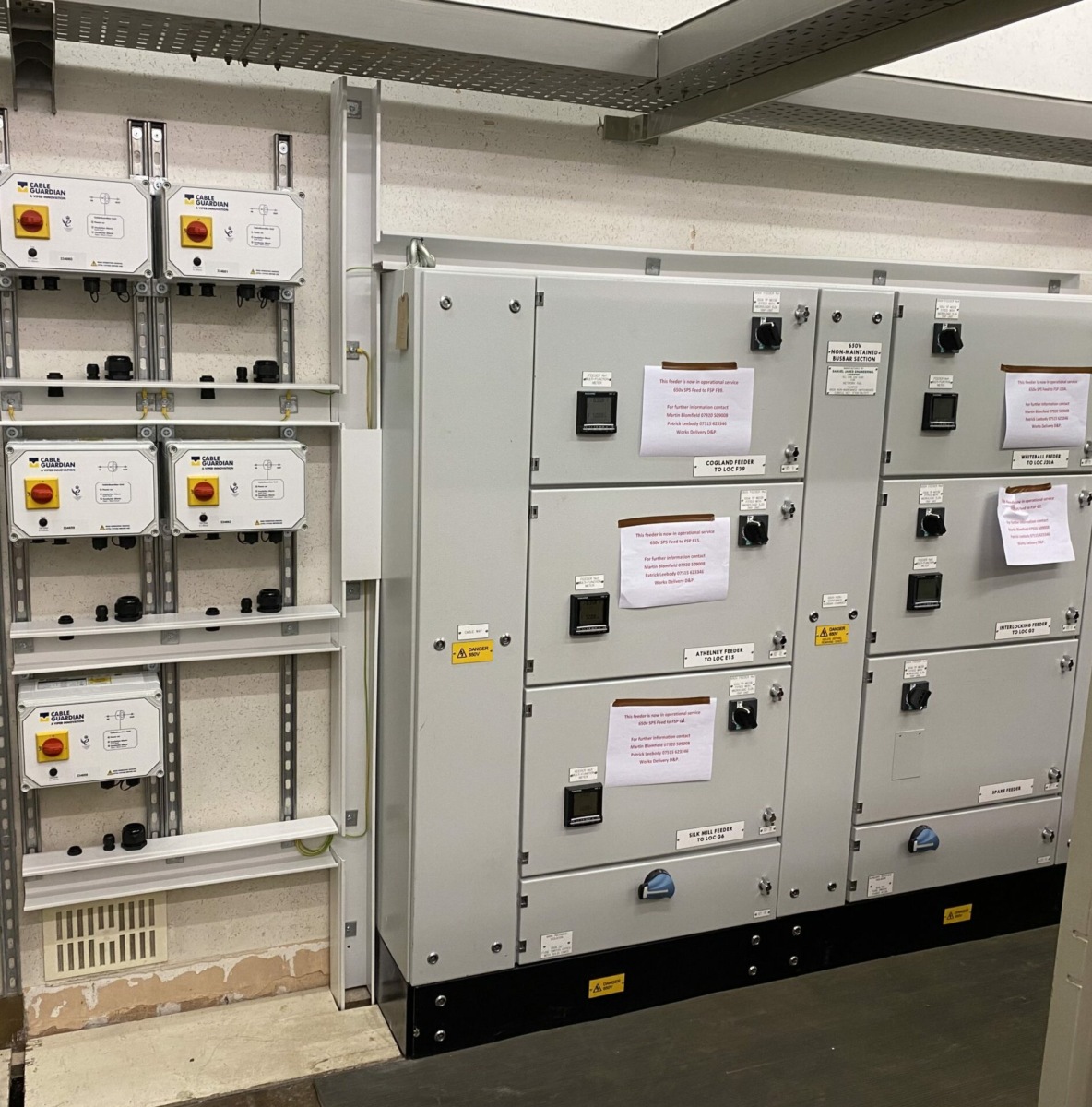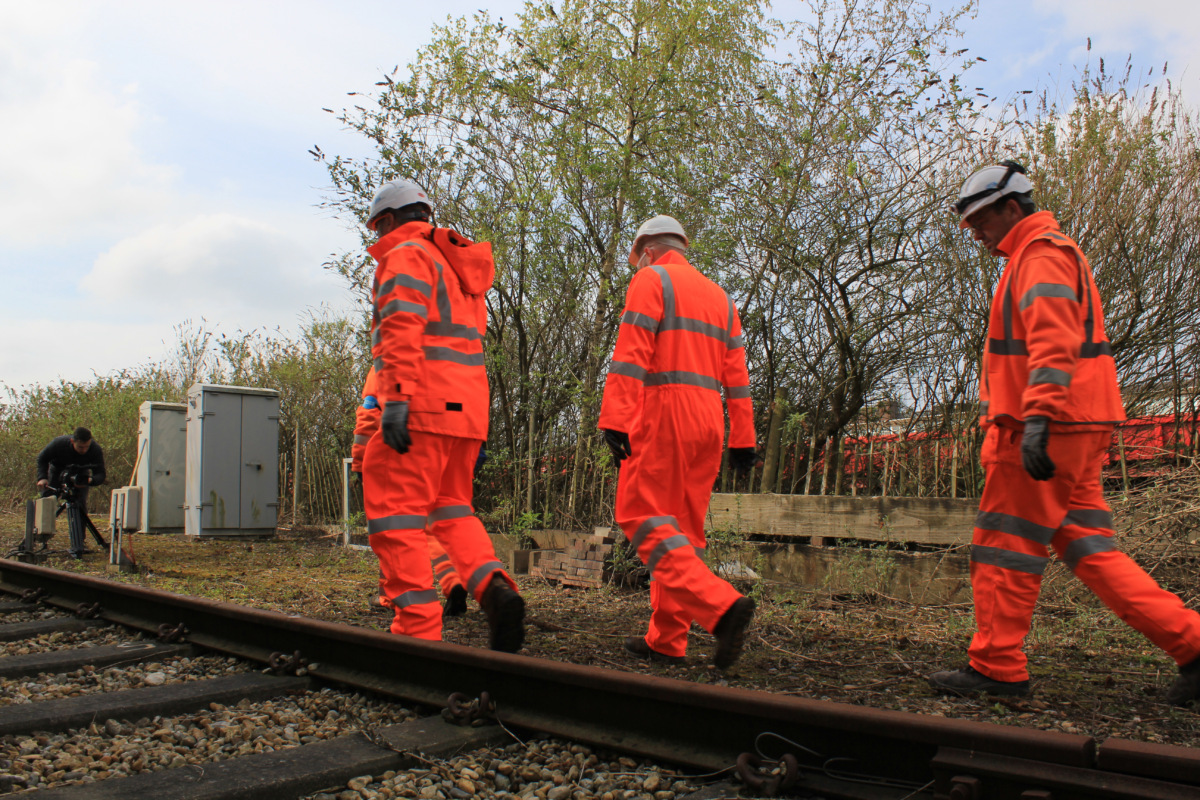Viper Innovations CableGuardian is becoming the go-to technology for the effective management of this most critical asset – signalling power supplies. Wales and Western Region Maintenance Engineers and Asset Managers have put in place an innovative and forward-thinking strategy using CableGuardian to drive up proactive asset management concerning the 650V network and have worked over a number of years to help mould the technology and service to get precisely what they need to make lasting changes to working practices.
Network Rail’s plan for CP7 is to increase collaboration to drive up safety, performance, efficiency and asset sustainability and make more from digital technology – and to this end, Viper Innovations have been working hard behind the scenes with partners in the Region to put the foundations in place for real change in the performance, maintenance and asset management of Signalling Power Supplies.
In this recently published case study, Viper Innovations provides in-depth insight into its collaboration with Network Rail Wales and Western Region. Read the case study here
Technology Selection
Western Route identified the need to improve how they managed the signalling power supply asset to meet the needs of the business moving forward, and this led them to trial the whole range of technology available for signalling power supply monitoring, maintenance and asset management. They conducted several trials and made a direct comparison of a range of technologies and methodologies to achieve their aims and settled on CableGuardian as the best choice for fixed infrastructure monitoring.
They found that the Viper Innovations system for monitoring the 650V network provided a much fuller range of parameters, gave higher accuracy and measured to much higher levels – providing the ability to identify issues and detect patterns of failure well before they happened. The ability to measure insulation resistance, insulation capacitance, voltage, current, volt drop, and the inclusion of Spread Spectrum Time Domain Reflectometry (SSTDR) to accurately pinpoint cable, switchgear and transformer defects and failures provided all the parameters needed to be able to move to risk-based maintenance and avoid the need to perform cyclic periodic maintenance. It also provided previously unseen levels of insight into the asset to enable a complete change in the asset management process for coming control periods.
Safety
The number one issue for everyone on the railway is safety – of both the travelling public and staff working trackside. Maintenance practice prior to CableGuardian was done manually, with the entire signalling power system having to be broken down and invasively tested on a five-yearly basis. This exposed staff to the ever-present risks associated with travelling to and from site, plus the issue of having to work unsociable hours under pressure on 650V electrical systems. Also, a significant outage of the system inevitably means serious perturbation to train services, disrupting traffic and leaving operations staff attending site, passengers being de-trained (potentially in locations unsuitable for a large influx of people) and being placed on buses. This type of activity won’t be acceptable on the future railway, and the teams on Wales and Western worked hard to prove there is a technological alternative.
Using evidence gained from interventions based on CableGuardian and subsequent actions taken, the delivery unit teams in Western have created a closed-loop process for asset management, affording evidence-based, targeted and controlled interventions that move 650V maintenance into the future. This has led to a Temporary Variation to standards being agreed to stop performing invasive maintenance. With the evidence and experience developed, changes have been put forward to the SIGELP 50000 suite of standards.
Performance and Reliability
The starting point for any train service is punctuality, and a failure of signalling power supplies is catastrophic in nearly all situations. Before the advent of CableGuardian, there was only so much that could be done to prevent failures of lineside cabling, switchgear and transformers, but Wales and Western found through their trials with the technology and the moulding of the required service from Viper, that the asset could be viewed in-depth on a continuous basis, providing learning and insight into the system that has never before been seen. For example, Engineers were able to identify and pinpoint latent defects in cable joints in new cables on the main line and intervene to prevent these from becoming a failure. They have been able to identify individual sections of cables that were bringing whole systems down and isolate and repair them prior to an incident, together saving multiple extreme service affecting failures.
Efficiency
Not only did the team find that they could pinpoint potential issues and act to prevent defects from creating failures, but they could also do so extremely efficiently, even with basic system layouts. The forward-thinking view of Delivery Unit Engineers and subsequent teamwork with Viper set up several interventions where engineers used a minimum viable product (MVP) approach by installing a fixed Tier 2 arrangement (one CableGuardian unit monitoring a whole feeder) to narrow down the location of a failing cable and then used a ‘roaming unit’ to chase the failure down within the feeder. In an ideal scenario, this would have used a Tier 1 arrangement (CableGuardian units spaced down the length of the feeder) to detect this automatically, but, in this instance, available funding called for a lower cost option, and the team innovated to produce effective results. What is the result of this agile approach to maintenance delivery? A potentially significant service-affecting failure affecting the intersection of two busy routes into London was avoided, and a minimum-cost solution was applied.

Asset Sustainability
In the work done to date, the collaboration with Wales and Western and Viper has delivered impressive results. Multiple service affecting failures avoided – significantly improving safety, driving up performance, saving tens of thousands of delay minutes, millions in penalty payments and hundreds of thousands in operational and maintenance expenditure on failure recovery. Maintenance practices brought into the modern age – with remote monitoring underpinning a safe, effective and considered closed-loop process for intervention and standards changes underway to deliver the national platform to modernise maintenance. However, one of the most significant changes will come with the ability to move from large-scale asset renewals to pinpointed interventions based on demonstrably detailed and accurate asset condition assessments.
The depth and breadth of monitored parameters from CableGuardian, alongside the collaboration between Network Rail and Viper Innovations to understand the data being presented, has created a system that will enable asset engineers to drive every associated KPI to new levels, with the added bonus of wholesale changes to asset management of signalling power supplies. The ability to monitor and predict the lifecycle of individual components of the 650V network will enable targeted renewal of specific system items and accurate planning of multiple control periods into the future. This will reduce renewal costs by millions across just one route, so the scaling-up potential is huge.
To learn more about Viper Innovations collaboration with Network Rail Wales and Western region, read the full case study here.
